Introduction
Agarwood, also known as eaglewood or aloeswood, is a rare and precious resinous heartwood formed in aquilaria trees as a response to fungal infection or injury. Revered for its captivating fragrance and cultural significance, agarwood has been used for centuries in incense, perfumery, and jewelry, particularly in the form of bracelets. However, the market is flooded with imitations and low-quality products, making it challenging for enthusiasts to distinguish genuine, high-quality agarwood from counterfeits. This article delves into the intricate methods to evaluate agarwood bracelets, ensuring you invest in a piece of authentic beauty and value.
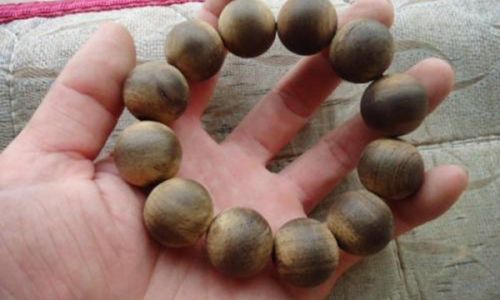
Understanding Agarwood: Formation and Types
Before diving into identification techniques, it is crucial to grasp how agarwood forms. When an aquilaria tree is wounded by insects, fungi, or physical damage, it produces a dark, aromatic resin as a defense mechanism. This resin-infused wood, called agarwood, varies in quality based on factors like age, species, and environmental conditions. The rarest and most valuable agarwood, such as kyara or sinam, can take centuries to develop, intensifying their fragrance and density.
Visual Inspection: Color, Texture, and Grain Patterns
The first step in evaluating an agarwood bracelet is a thorough visual examination.
-
Color Variation: High-quality agarwood exhibits a mosaic of dark brown, black, and golden hues, often with streaks or spots. The resin-rich areas appear darker, while lighter regions indicate less resin. Avoid bracelets with uniform color, as natural agarwood rarely has a monotone appearance. Synthetic dyes or heat treatments may create artificial uniformity.
-
Texture and Oiliness: Genuine agarwood feels slightly oily to the touch due to its resin content. Run your fingers along the beads; authentic pieces should leave a subtle residue or a slick sensation. Overly dry or粗糙 (rough) texture may indicate low-quality wood or artificial aging.
-
Grain Patterns: Natural agarwood displays irregular, swirling grain patterns caused by resin infiltration. These patterns are unique to each piece, resembling marble or abstract art. Counterfeit bracelets often have repetitive, machine-cut grains or lack depth in their design.
Aroma Analysis: The Heart of Agarwood
The fragrance is agarwood’s defining characteristic. A high-quality bracelet emits a complex, layered scent that evolves over time.
-
Initial Fragrance: Upon gentle rubbing or warming, authentic agarwood releases a rich, woody aroma with hints of spice, sweetness, or floral notes. Avoid bracelets with a harsh, chemical smell, which suggests artificial fragrances or dye treatments.
-
Sillage and Longevity: Premium agarwood’s scent lingers for hours, even days. Test this by wearing the bracelet briefly; if the fragrance fades quickly, the wood may be of lower grade or treated with synthetic enhancers.
-
Cooling Sensation: Inhaling deeply from a genuine piece often induces a cooling sensation in the nasal passages, a trait absent in fakes.
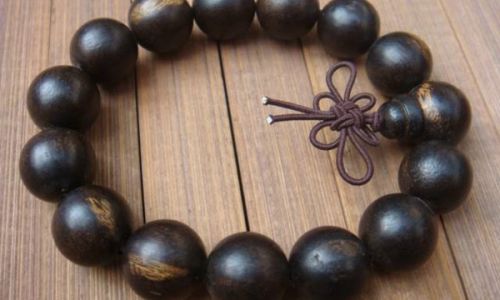
Density and Weight: A Tactile Test
Agarwood’s density correlates with its resin content, directly impacting quality.
-
Comparative Weight: Hold two beads of similar size; a high-quality piece will feel notably heavier due to its dense resin. Lightweight beads may lack sufficient resin, indicating inferior agarwood or alternative woods.
-
Sink Test: Place a bead in water. Authentic, resin-rich agarwood typically sinks, while low-density fakes float. However, this method risks damaging the bracelet and is not recommended for valuable pieces.
Resin Content and Oil Veins: Microscopic Clues
Examining the wood’s internal structure requires close observation.
-
Oil Veins: Use a magnifying glass to inspect for dark, meandering lines—resin veins. The more pronounced and intricate the veins, the higher the quality. Fakes often have painted or carved lines that lack depth.
-
Porosity: Genuine agarwood has minimal porosity, with resin filling the wood’s pores. Overly porous or spongy texture suggests artificial compression or low-grade wood.
Burning Test: The Traditional Method
Though destructive, burning a small bead fragment reveals the wood’s authenticity.
-
Smoke and Ash: High-quality agarwood produces thick, white smoke with a sweet, lingering aroma. The ash should be soft and powdery. Low-quality or fake agarwood emits acrid, black smoke and leaves hard, chunky ash.
-
Flame Behavior: Authentic agarwood smolders slowly without flaring, while fakes may ignite or crackle.
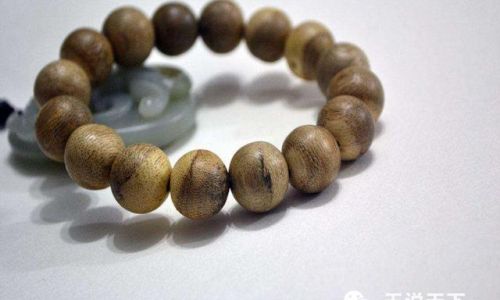
Sound Test: Audible Indicators
Tapping the beads gently can provide auditory cues about density.
- Crisp vs. Dull Sound: High-density agarwood emits a clear, resonant sound when tapped. A dull or hollow tone indicates lower quality or hollowed-out beads filled with resin substitutes.
Price and Origin: Contextual Factors
Agarwood’s value varies significantly based on geography and rarity.
-
Geographical Indicators: Bracelets from regions like Vietnam, Cambodia, or Indonesia (especially kyara from Vietnam) are often premium. Be wary of overly cheap products labeled as “wild” or “vintage.”
-
Market Trends: Research current prices to avoid overpaying. If a deal seems too good to be true, it likely is.
Certification and Seller Reputation
Reputable sellers provide certificates of authenticity, detailing the wood’s origin, species, and resin content.
-
Lab Testing: Some certifications include gas chromatography results confirming natural resin presence.
-
Seller Due Diligence: Purchase from established vendors with positive reviews. Avoid street markets or unverified online platforms.
Common Fakes and How to Spot Them
Counterfeiters employ various tactics to mimic agarwood.
-
Bamboo or Sandalwood Imitations: These are stained or soaked in chemical fragrances. Look for inconsistent grain patterns and an overly uniform color.

-
Compressed Wood Dust: Low-quality wood particles are glued together and artificially aged. These lack natural oil veins and may emit a chemical odor when heated.
-
Artificial Resin Coatings: Some beads are coated with synthetic resin to mimic oiliness. Scratch the surface discreetly; genuine agarwood’s resin permeates the wood, while coatings flake off.
Maintenance and Care: Preserving Quality
Proper care ensures your bracelet retains its fragrance and appearance.
-
Storage: Keep in a cool, dry place away from sunlight. Use a soft cloth to prevent scratches.
-
Avoid Chemicals: Perfumes, lotions, and cleaners can damage the wood’s surface and fragrance.
-
Regular Wear: Gentle friction from wearing helps release the scent over time.
Ethical Considerations and Sustainability
Agarwood is classified as endangered due to overharvesting. Opt for sustainably sourced or cultivated agarwood to support conservation efforts. Look for certifications like CITES (Convention on International Trade in Endangered Species) to ensure legal and ethical procurement.
Conclusion
Identifying a high-quality agarwood bracelet requires a blend of sensory evaluation, technical knowledge, and market awareness. By prioritizing color variation, aroma complexity, density, and resin content, you can confidently navigate the market. Remember, patience and research are your greatest allies—a genuine agarwood bracelet is not just an accessory but a legacy of nature’s artistry. Invest wisely, and cherish the timeless allure of this sacred wood.
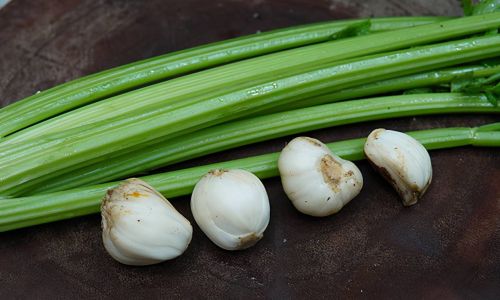
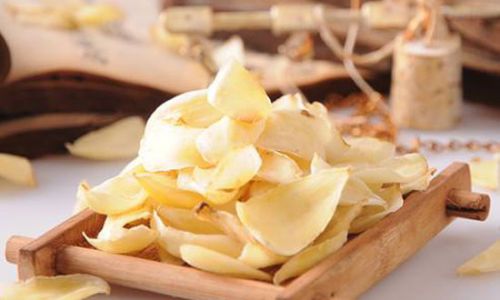
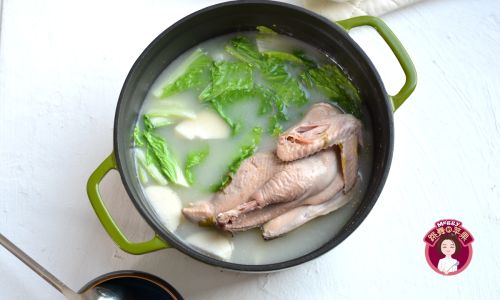

0 comments